 http://freepages.history.rootsweb.ancestry.com/~garter1/nash%20william.htm
http://freepages.history.rootsweb.ancestry.com/~garter1/nash%20william.htm
click to enlarge.
Pike Family. Note: the little girl with the light coloured hair marked "L" is Lucy Pike. However my grandmother Lucy Pike had dark hair.
A cousin, Ruth, has told me that it really is our grandmother because her hair changed from fair to dark as she grew up. However I doubt this. Ruth also says that the quality of the photo makes the hair look fairer. Well I ask "Why is the hair of the mother and father dark? It is in the same photo subject to the same lighting.
I believe that our grandmother was substituted for the little girl marked "L" possibly because the tot died from influenza or pneumonia. Our grandmother may have been either an illegitimate child of one of the Pike brothers or perhaps it was as our grandmother relates that she was taken from the black's camp down near the billabong by a governmant trooper(as they used to "save" half-caste kids) and given a foster home with the Pike's.
I would like to hear more information from relatives of my grandmother on the Pike side. So far after four years of my enquiries not one of them has contacted me. I would also like to get some photos of grandma's supposed Pike sisters. Ruth Ross sent some to me, but unfortunately they were stored on an early computer that broke down. Anyway i am not sure about any of this and no one in the family is taking my side in the investigation. (Ric).
When I was a boy I spent a lot of time roaming around the Sutherland Shire and the the surrounding National park and crown land.
I would walk and jog along the tracks and trails mostly every weekend starting off from dad's rented house on Princes highway Kirrawee
up to Sutherland where I attended school during the week, across the railway bridge
at Sutho station, down through the cemetery gates through the passages past the crypts
and graves. Here was the the Crematorium where my grandma Lucy had been burnt
up and her ashes put in the alcove of a wall with hundreds of others, down along to
where my brother Bobby's unmarked grave lay among the weeds straight along and
through the fence where there was a large old redgum onto First Avenue Loftus where
the old bush house of my grandfather Harry stood.
Right at the end it turned into a bush track. Here was the old humpy house of my grandfather
Harry and Grandma Lucy. click.
"BETOWYND"
Old bush home of grandpa and grandma
.jpg) Grandfather Harry and Grandma Lucy and children.
Grandfather Harry and Grandma Lucy and children.
 William Nash, Royal Marine, 58th (Plymouth) Company, 1st Fleeter, Prince of Wales, Port Jackson, Captain Shea, Maria Haynes://members.optusnet.com.au/~aashmore/ http://www.monaropioneers.com/pioneers.htm http://www.ulladulla.info/historian/1804deaths.html http://www.hawkesbury.net.au/community/hfhg/November2003.html http://freepages.history.rootsweb.com/~garter1/firstfleet.htm
William Nash, Royal Marine, 58th (Plymouth) Company, 1st Fleeter, Prince of Wales, Port Jackson, Captain Shea, Maria Haynes://members.optusnet.com.au/~aashmore/ http://www.monaropioneers.com/pioneers.htm http://www.ulladulla.info/historian/1804deaths.html http://www.hawkesbury.net.au/community/hfhg/November2003.html http://freepages.history.rootsweb.com/~garter1/firstfleet.htm
*
Patricia Downe's Australian Pioneers.
prime ministers of Australia...
http://en.wikipedia.org/wiki/John_Gilbert_(bushrange
| |
| |
r)
|
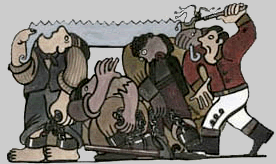
convict work party.
Waltzing Matilda.
Oh, there once was a swagman camped in the billabongs, Under the shade of a coolibah tree, And he sang as he looked at the old billy boiling, Who'll come a-waltzing Matilda with me? Chorus: Who'll come a-waltzing Matilda my darling, Who'll come a-waltzing Matilda with me? Waltzing Matilda and leading a waterbag, "Who'll come a-waltzing Matilda with me? Up came the jumbuck to drink at the waterhole, Up jumped the swagman and grabbed him in glee, And he sang as he put him away in the tucker-bag, "You'll come a-waltzing matilda with me." Chorus Up came the squatter a-riding his thoroughbred, Up came policemen one two and three. Whose is the jumbuck you've got in the tucker-bag? You'll come a-waltzing matilda with we. Chorus Up sprang the swagman and jumped in the waterhole, Drowning himself by the Coolibah tree. And his voice can be heard as it sings in the billabongs, "Who'll come a-waltzing matilda with me." Chorus AB ‘Banjo’ Paterson, original lyrics of 'Waltzing Matilda'; the version sung today has a few changes Variations * swagman: an itinerant farmhand, carrying his "swag" (his blankets) rolled into a cylinder * billabong: a creek (normally with a pronounced "oxbow" bend) * coulibah, or coolibah tree: a eucalypt (gum) tree ) * waited till his billy boiled: a billy is a tin can used to heat water over a campfire to make tea * jumbuck: sheep * tucker-bag: bag or box used to store food * squatter: farmer/grazier who simply found good land and took possession; some became extremely rich * trooper: policeman or soldier on horseback

WILLIAMS FAMILY. This was the first website, on Geocities in 2006, but it was very difficult to manage and now it has been taken off the web. There is a reference to it with an old u.r.l. address which no longer works, but I can't get in to delete it. I have difficulty sometimes getting out of it again and into the main blog. Anyway there are a number of family stories, still uncorrected for grammar and spelling.


First Fleeters
press to enlarge. 
WELCOME Press to enlarge
Convict Hulk in the Thames. Where some of my ancestors waited for months and years.

.jpg) Charles Pike and his wife Harriet Pike
Charles Pike and his wife Harriet Pike
Grandma Lucy Williams (nee) Pike. (Grandma Lucie is supposed to be the daughter of the above two persons. Any resemblance?)
John Williams, my father's grandfather.
My father Hector looked very similar.
Grandma Lucy when she was young
Click on images to enlarge.
The Pike family
Click on images to enlarge.
"BETOWYND"
Old bush home of grandpa and grandma
"Prince of Wales" -William Nash and Maria Haynes came on the First Fleet in 1788. Some records say Maria was a convict under a 7 year sentence but others say she was the wife of William Nash. They married later on reaching Sydney Cove. It does not really matter much, anyway. They got here and that is the main thing. That is why we descendants exist today.
The Guringgai Aborigines once occupied the land from the Hawkesbury River in the south to Lake Macquarie in the north. It is known that the tribe wore possum hair belts (in which they carried their few possessions) and, occasionally, possum skin clothing. The men carried spears, boomerangs, stone axes, boomerangs and shields and hunted large prey such as kangaroos and fish which they speared. The women, however, provided most of the food - fish (caught on fishing lines), shellfish, fruit, tubers, insect larvae, snakes, lizards and small mammals. The number of Aborigines occupying the land of the present Gosford and Wyong shires was probably never more than about 360.
Governor Phillip and a party of officers and seamen entered Broken Bay in a whaleboat in 1788, five weeks after establishing the settlement at Sydney Cove. They passed Lion Island at the mouth of Brisbane Water and sheltered from heavy rains behind the rocky headland of Green Point. Phillip observed 'the land is much higher than at Port Jackson, more rocky and equally covered with timber; large trees which grow on the summits of mountains'.
Friendly relations with the indigenous inhabitants got under way with camp fires and sing-songs. Apparently they were impressed with the fact that Phillip had a missing front tooth, as it was an initiation rite amongst them to knock out the front tooth of young men.
Bass and Flinders visited Broken Bay in the 1790s and recruited Bungary from the indigenous population. Bungary accompanied them on a number of journeys, including the circumnavigation of Australia.
The first land grant on the Central Coast was made to ex-marine of the First Fleet, William Nash, in 1811 but he did not settle there. The proximity of a penal colony at Newcastle discouraged settlement and the rugged terrain made the area a haven for smugglers, moonshiners, escapee convicts and ticket-of-leave men. John LEES, 1771-1836: soldier - private in the NSW Corps 102nd Regiment, settler and churchman, "Ganges"1797, married Ann SMITH "Earl Cornwallis" 1801, granted 90 acres at Nepean in the area known as Birds Eye Corner, the second bend of the Nepean River - part of the Hawkesbury system. In 1820 he petitioned for land and received 80 acres which he called "Stoke" after his native place in Staffordshire. Five years later he again applied for another land grant and was rewarded with 284 acres to the east of the 1820 grant of 80 acres. Just prior to his death in 1836 he sold 28 acres of his original land grant to Edward FIELD Snr., his neighbour and father-in-law of his daughter Esther. Some time earlier he had already sold 30 acres to Elizabeth BULLER "Indispensible". His story as the builder of the 1st Methodist Chapel in Australia has already been told. Children: Maria b1802 Sydney,1816 aged 14 years married Charles Molston GORDON, came free per "Experiment", 1804; son of Thomas GORDON, free "E xperiment" and Ann SMITH of Richmond. They sailed for New Zealand on the brig "Active" in 1817 where Charles was superintendent of agriculture at Samuel MARSDEN'S Mission in the Bay of Islands. They remained there for two and a half years. Marie died in childbirth shortly after their return to Australia. Four years later in 1821 Charles married Mary Ann BROWN. Hanna born 1804 Sydney, m John Pitmore COLLITS 1822, son of Pierce Phigginton COLLITS, "Minorca" 1801, and his wife Mary HARDWICK (came free) "Minorca" 1801. Richard b 1805 Castlereagh, m Ann STYLES in 1830 daughter of James STYLES (STILES) "Scarborough 2" 1790, and Mary (?). 2nd marriage to Ann Foley 1824 (?) John b 1807 Castlereagh , m Ann BOLTON in 1830, daughter of Robert BOLTON "Perseus" 1802 and Ann SMITH "Experiment 1" 1804. Mary b1809 Castlereagh,1826 married George NASH, son of William NASH "Barwell"1798 and Maria HAYNES (?)
 http://freepages.history.rootsweb.ancestry.com/~garter1/nash%20william.htm
http://freepages.history.rootsweb.ancestry.com/~garter1/nash%20william.htm  http://www.eurekacouncil.com.au/Australia-History/History-Indexes/index-1788-first_fleet.htm
http://www.eurekacouncil.com.au/Australia-History/History-Indexes/index-1788-first_fleet.htm  William Nash, Royal Marine, 58th (Plymouth) Company, 1st Fleeter, Prince of Wales, Port Jackson, Captain Shea, Maria Haynes://members.optusnet.com.au/~aashmore/ http://www.monaropioneers.com/pioneers.htm http://www.ulladulla.info/historian/1804deaths.html http://www.hawkesbury.net.au/community/hfhg/November2003.html http://freepages.history.rootsweb.com/~garter1/firstfleet.htm
William Nash, Royal Marine, 58th (Plymouth) Company, 1st Fleeter, Prince of Wales, Port Jackson, Captain Shea, Maria Haynes://members.optusnet.com.au/~aashmore/ http://www.monaropioneers.com/pioneers.htm http://www.ulladulla.info/historian/1804deaths.html http://www.hawkesbury.net.au/community/hfhg/November2003.html http://freepages.history.rootsweb.com/~garter1/firstfleet.htm 






.jpg) Charles Pike and his wife Harriet Pike
Charles Pike and his wife Harriet Pike



.jpg)




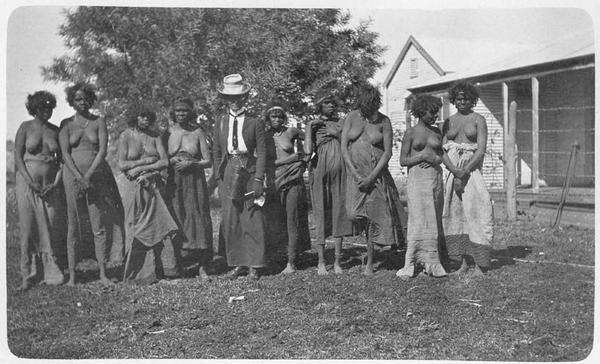



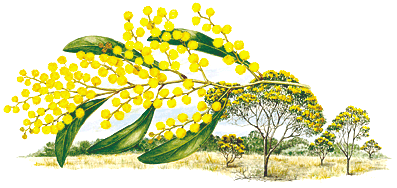


+copy.jpg)










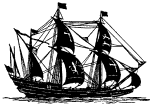





















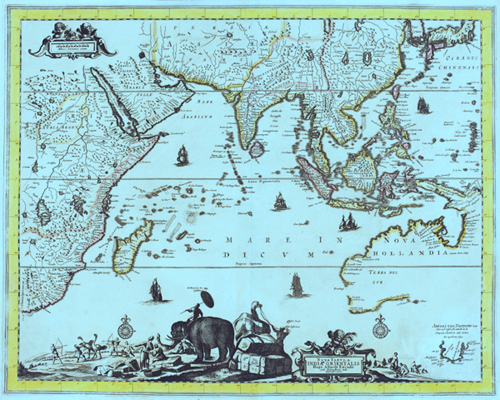

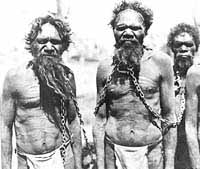
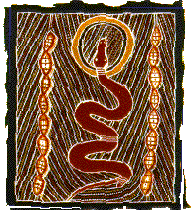


















.jpg)






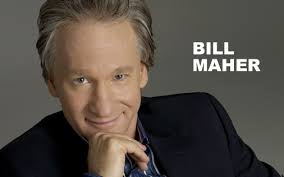



















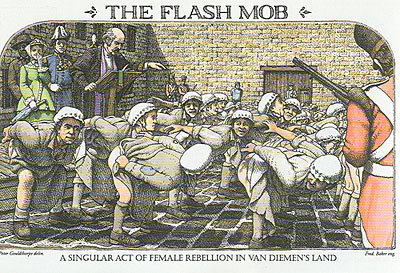
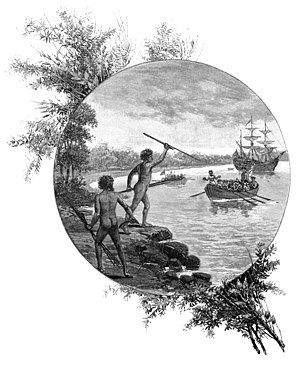 G
G







.jpg)















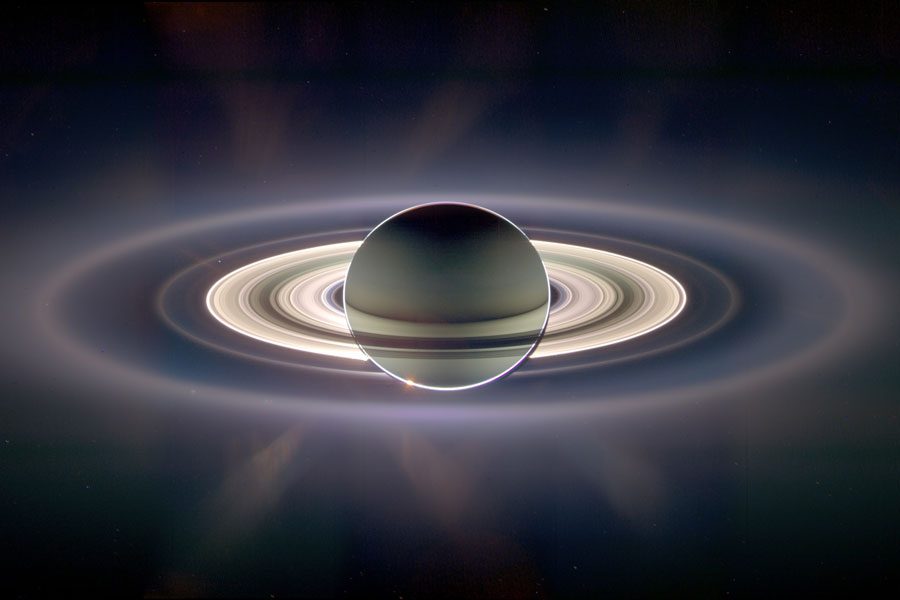
2 comments:
Post a Comment